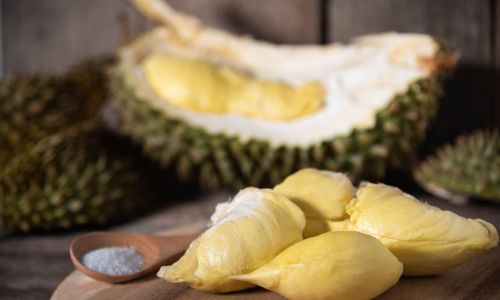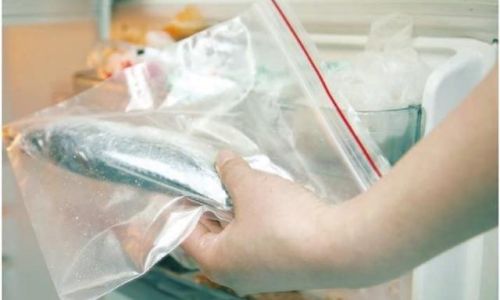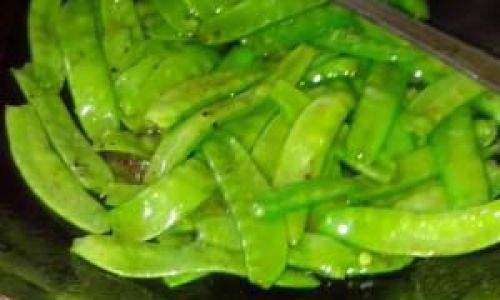Durian, often dubbed the “king of fruits,” is revered for its creamy texture, complex flavor, and pungent aroma. However, its short shelf life after opening poses a challenge for enthusiasts. This article explores how long opened durian can safely remain at room temperature, the factors influencing its longevity, and practical tips to maximize freshness.
Understanding Durian’s Unique Composition
Durian (Durio spp.) contains high levels of sugars, fats, and moisture, making it a breeding ground for microorganisms. Its soft, custard-like flesh is particularly vulnerable to spoilage, especially when exposed to air. The fruit’s strong odor, caused by volatile sulfur compounds, also intensifies as it ripens, which can be misleading—a stronger smell does not necessarily indicate spoilage but rather maturity.
Factors Affecting Shelf Life at Room Temperature
The durability of opened durian depends on several environmental and biological factors:

-
Temperature and Humidity
Room temperature (typically 20–25°C or 68–77°F) accelerates bacterial growth compared to refrigeration. High humidity exacerbates this by creating a moist environment conducive to mold and yeast. In warmer climates, durian may spoil within hours, while cooler rooms may extend its lifespan slightly. -
Exposure to Air
Oxygen triggers oxidation, breaking down fats and sugars, leading to rancidity and texture changes. The more surface area exposed, the faster deterioration occurs. -
Initial Ripeness
Overripe durian has a shorter window for consumption. Fruits opened at peak ripeness (slightly soft, aromatic) degrade faster than those harvested earlier. -
Hygiene During Handling
Contaminated utensils or hands introduce bacteria, shortening shelf life. Clean tools and containers are critical.
How Long Does Opened Durian Last at Room Temperature?
Under ideal conditions (clean environment, moderate temperature), opened durian may last 2–4 hours before quality noticeably declines. Beyond this period, risks of spoilage and bacterial contamination escalate. However, variables like room temperature and fruit maturity can adjust this timeline:
- Warm Rooms (above 25°C/77°F): Spoilage begins within 1–2 hours.
- Cool Rooms (below 20°C/68°F): May last up to 4–6 hours, though texture and flavor deteriorate.
Signs of Spoilage to Watch For
Identifying spoilage early prevents foodborne illness. Key indicators include:

-
Visual Changes
- Discoloration: Flesh turns brown, gray, or develops dark patches.
- Mold Growth: Fuzzy spots (green, white, or black) appear on the surface.
- Excessive Liquid: Separation of watery liquid from the flesh.
-
Texture Shifts
- Mushiness: Overly soft or slimy texture, unlike the natural creaminess.
- Dryness: Edges become hard or desiccated.
-
Odor Alterations
- Sour or Fermented Smell: Overrides the fruit’s natural sweet-savory aroma.
- Ammonia-Like Scent: Indicates bacterial breakdown.
-
Taste Tests (Use Caution)
A bitter, alcoholic, or sharp flavor signals spoilage. Never taste if doubt exists.
Health Risks of Consuming Spoiled Durian
Expired durian can harbor pathogens like Bacillus cereus, Salmonella, or Escherichia coli, causing:
- Gastrointestinal distress: Nausea, vomiting, diarrhea.
- Food poisoning: Headaches, dizziness, or fever in severe cases.
- Allergic reactions: Rare but possible, especially in mold-sensitive individuals.
Proper Storage Methods to Extend Freshness
While refrigeration is optimal, the following techniques can help preserve opened durian at room temperature temporarily:

-
Minimize Air Exposure
- Keep the fruit in its shell if possible.
- Transfer excess flesh to airtight containers, pressing out air to reduce oxidation.
-
Use Natural Preservatives
Lightly coat the flesh with lime juice or honey to inhibit bacterial growth (not a long-term solution).
-
Avoid Contamination
- Use clean utensils to serve.
- Store away from strong-smelling foods to prevent flavor absorption.
-
Monitor Temperature
Place containers in cooler room areas, away from direct sunlight or heat sources.

Debunking Myths About Durian Storage
-
Myth: Wrapping durian in newspaper or banana leaves extends shelf life.
Reality: These materials may absorb moisture but do not prevent bacterial growth. They are more relevant for odor control than preservation. -
Myth: Freezing durian at room temperature is safe.
Reality: Allowing durian to cool slowly at room temperature before freezing increases bacterial risk. Always refrigerate before freezing.
Cultural Practices and Regional Variations
In Southeast Asia, where durian is ubiquitous, locals often consume the fruit immediately after opening. However, some traditional practices emerge:
- Fermentation: In rare cases, durian is intentionally fermented for alcoholic beverages or condiments, but this requires controlled environments and is unsafe for novices.
- Community Sharing: Large durian varieties are shared among groups to reduce waste, emphasizing fresh consumption.
Frequently Asked Questions
Q: Can I leave durian in its shell at room temperature overnight?
A: No. Even in the shell, durian exposed to air will spoil within 4–6 hours in warm conditions. Refrigeration is essential for overnight storage.
Q: Does the durian variety affect shelf life?
A: Yes. Thicker-fleshed varieties like Musang King may resist spoilage slightly longer than waterier types, but differences are minimal.
Q: Can I revive dried-out durian?
A: No. Once desiccated, the texture and flavor are irreparably altered.

Q: Is it safe to eat durian with slight mold?
A: No. Mold produces mycotoxins harmful even in small amounts. Discard the entire fruit.
Conclusion: Prioritize Freshness and Safety
Opened durian’s window for safe consumption at room temperature is narrow, typically 2–4 hours. While cultural practices and makeshift storage methods exist, they cannot replace refrigeration for preserving quality and safety. To enjoy durian at its best, consume it promptly after opening or store it properly in cool environments. When in doubt, remember: when the aroma turns sour or the flesh feels slimy, it’s time to discard. Proper handling ensures this exotic delight remains a pleasure, not a health hazard.





0 comments